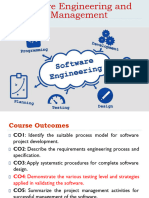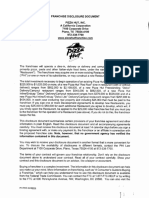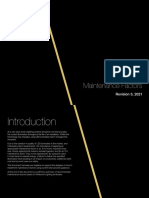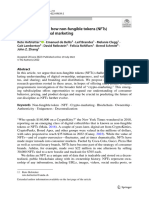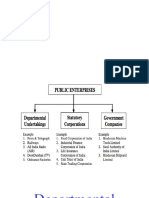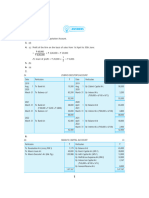0% found this document useful (0 votes)
39 views4 pagesSQA Interview Prepration
The document discusses software testing, including definitions, objectives, types of testing, test cases, and more. It covers manual and automation testing, black box and white box testing, unit, integration and acceptance testing, functional and non-functional testing, and concepts like the software development life cycle, bugs, and test cases versus test scenarios.
Uploaded by
BASIT ALICopyright
© © All Rights Reserved
We take content rights seriously. If you suspect this is your content, claim it here.
Available Formats
Download as PDF, TXT or read online on Scribd
0% found this document useful (0 votes)
39 views4 pagesSQA Interview Prepration
The document discusses software testing, including definitions, objectives, types of testing, test cases, and more. It covers manual and automation testing, black box and white box testing, unit, integration and acceptance testing, functional and non-functional testing, and concepts like the software development life cycle, bugs, and test cases versus test scenarios.
Uploaded by
BASIT ALICopyright
© © All Rights Reserved
We take content rights seriously. If you suspect this is your content, claim it here.
Available Formats
Download as PDF, TXT or read online on Scribd
/ 4







































